Do Firefighters Have To Be EMTs? Expert Advice
So I was eating some delicious wings at Famous Dave’s the other day, and I saw a former coworker when I used to be a Sheriff’s Deputy. Yes, I used to be a cop, and jumped ship lol. We chatted for a bit, and it seemed like he would entertain the possibility of changing sides as well. When the topic came up about the steps or the most direct path he would need to take in order to get the ball rolling, he wondered if he would have to get EMS training as well. So do firefighters need to be EMTs?
Firefighters require at least some level of medical training to serve in most jurisdictions.. Depending on your jurisdiction, and whether or not a separate ambulance company provides EMS services to that jurisdiction, it will be up to the fire department to provide EMS services to its community.
In the past, many fire departments didn’t require EMS training from their firefighters, and you may still find some firefighters who at the time that they were hired, their department only required them to have fire training. Those firefighters are usually the ones who have been in the department for 20+ years. A lot has changed in terms from what the fire service is expected to do over the last 20-30 years. For example, there are not as many fires as there were many years ago. With that being said, when there is a fire, they spread quickly and release very toxic vapors when homes combust, due to the materials modern homes and furniture are built with.
What Firefighter Do When Not Fighting Fire
As mentioned before, there are not many fires that firefighters are fighting nowadays, due to advances in building construction, etc. I wrote an in depth post about 19 things firefighters do when they are not fighting fires. To give you a brief summary, firefighters do EMS, hazmat response, technical rescues, fire inspections and more.
Levels Of EMS Provider Levels

In EMS there are 4 levels in EMS that a person can serve as without being a nurse. A firefighter can be an EMR, EMT, AEMT & Paramedic. Each of them have different scopes of practice, and different education requirements.
EMR
According to the National Registry Of Emergency Medical Technicians (NREMT) Emergency Medical Responders are able to provide immediate life saving interventions, with minimal equipment, as they wait for additional resources to arrive. A few fire departments in my area have firefighters/EMRs. This is possible because the same jurisdiction has an ambulance service that provides advanced levels of prehospital medical care.
If a call were to come out about a 47 year old man who was working on a wood project in his garage, and cut himself with a circular saw, an EMR can apply immediate lifesaving measures such as a tourniquet. And if the patient was a 76 year old female with chest pain, an EMR can only take vital signs, and even attach 4-lead and 12-lead EKG probes, but anything else is now out of their scope.
EMT
The next level of care are EMTs. According to the NREMT, EMTs are able to provide prehospital care and transport of both emergent and critical patients. As an EMT, you will be able to treat and stabilize critical patients. So with the same 47 year old male who cut himself with a circular saw, as an EMT you can provide immediate life saving techniques as an EMR could such as applying the tourniquet. If the patient is stable and not requiring any medications outside of the EMTs scope, the EMT could attend to the patient in the back of the ambulance during transport. EMTs can also administer a few medications such as Glucagon, Epinephrine and Aspirin.
With the 76 year old female patient who had chest pain, an EMT has to request ALS unless already partnered up with a Paramedic. An EMT would be able to give the patient Aspirin and Oxygen for the chest pain, as well as attach a 12 lead EKG probes, they can even establish supraglottic (Meaning above the epiglottis) intubations such as Combitubes, King’s & I-Gels.
AEMT
The next level up is an Advanced EMT (AEMT). According to NREMT, AEMTs are able to provide all of the same Basic Life Support (BLS) as an EMR & EMT can provide, but they can also provide some Advanced Life Support (ALS) such as starting IVs and giving some more advanced medications on top of what an EMT can administer.
So with the same examples as above, the 47 year old male who cut himself with the circular saw. The AEMT would be able to provide all the same interventions the EMT was able to do, but they are also able to start IVs. So if that patient, having a tourniquet, began to have a major drop in blood pressure due to blood loss, an AEMT can give the patient fluids through an IV in order to bring that blood pressure back up. Same thing if they wanted to give the patient medication that would be absorbed immediately through the IV.
Paramedic
Finally, the highest level of prehospital care under a registered nurse. Paramedics have very in depth and complex knowledge in pathophysiology and how body systems work. Paramedics (commonly referred to just medics) can perform each and every intervention that EMRs, EMTs & AEMTs can perform, plus more. They have so many medications and IV techniques that they are able to perform such as Intra Osseus (IO). IO are medications given similarly like an IV, but this directly through bone. So medics can administer medications into a patient’s bone marrow using an IO drill.
Paramedics can work several pretty cool gigs, such as Critical Care Helicopters. You tend to see these for major traumas or patients with trauma who are in remote areas. These critical care paramedics stabilize the most critical patients and transport them to the appropriate facilities very quickly.
Difference between Firefighter/EMT vs EMT
The difference between a firefighter/EMT and a regular EMT may be a few. The first and obvious difference is that the Firefighter EMTs are also fire certified. One not so obvious difference is the scope of practice that each organization holds. For example, a fire department may not allow their Firefighter EMTs perform supraglottic intubations, while a local ambulance service that serves a neighboring jurisdiction may allow it. It is allowed in an EMTs national scope of practice, but the state can make the scope more narrow, and individual organizations can further narrow them.
Educational Requirements
Education requirements vary depending on the level you are looking to become.
EMR
According to NREMT, it is approximately 48-60 training hours mixed of lecture, video and practical skills
EMT
According to NREMT, it is approximately 150-190 training hours mixed of lecture, video and practical skills
AEMT
According to NREMT, it is approximately 150-250 training hours mixed of lecture, video and practical skills
Paramedic
According to NREMT It is approximately 1200-1800 training hours mixed of lecture, video and practical skills
Certifications
Each of these provider levels require a cognitive exam (written test) and a psychomotor exam (scenario testing). Successful completion of both grants you certification at the national level (NREMT certified)
Conclusion
With each of these EMS levels, although NREMT spells out what the scopes of practice are, each individual state can restrict and make some of the interventions. As mentioned in the beginning, gone are the days when firefighters did not need any EMS training. Firefighters are now associated with EMS service, but this is not true in all jurisdictions. Some jurisdictions will have fire departments that respond to fires and accidents, and have an ambulance service do all of their EMS calls. Nowadays even small cities have their fire departments doing some form of EMS.
If you are planning to join the fire service, do yourself the favor, and get EMS training. It is pretty much required everywhere, and likely it is required where you are planning to join.
If you haven’t subscribed to our newsletter don’t wait any longer. We do holiday giveaways for lucky subscribers as well as our next 28 subscribers getting our next product free of charge. Subscribe today.

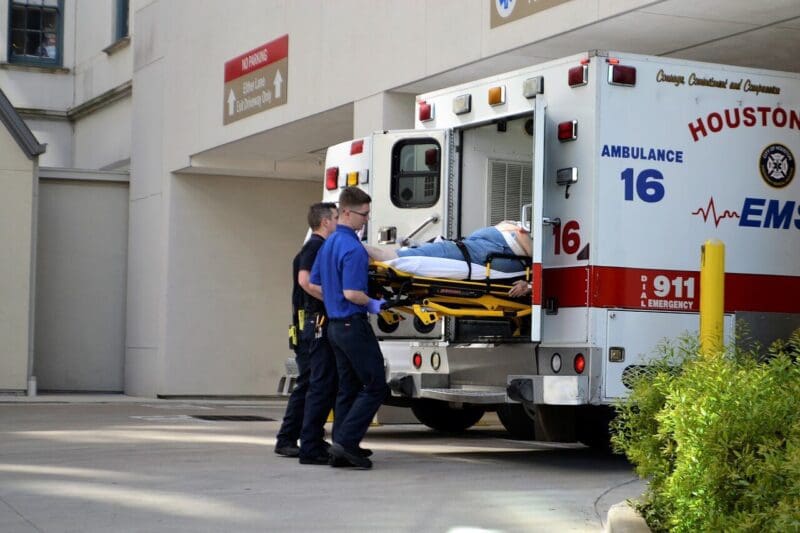
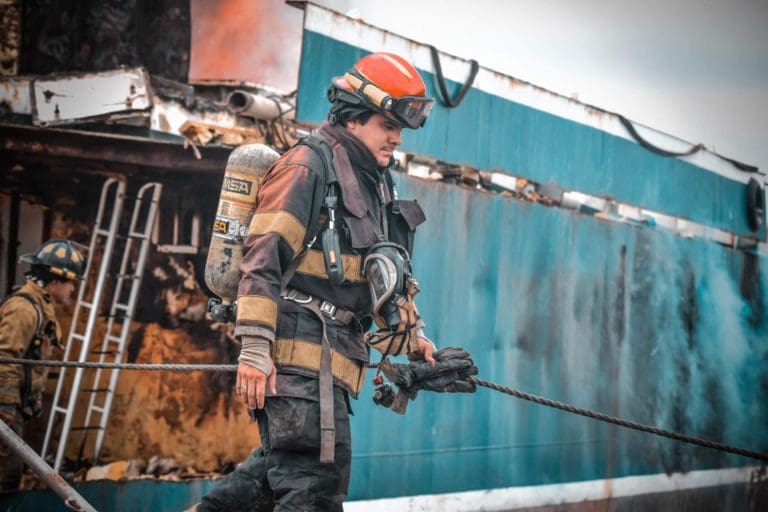

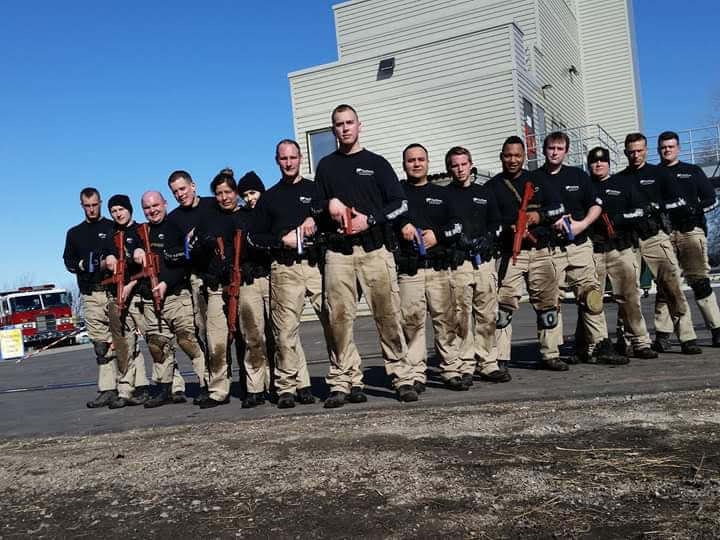
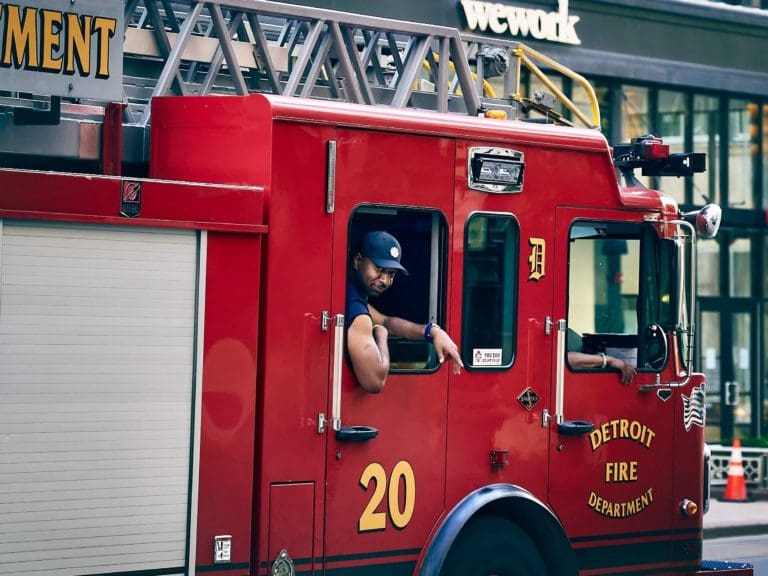
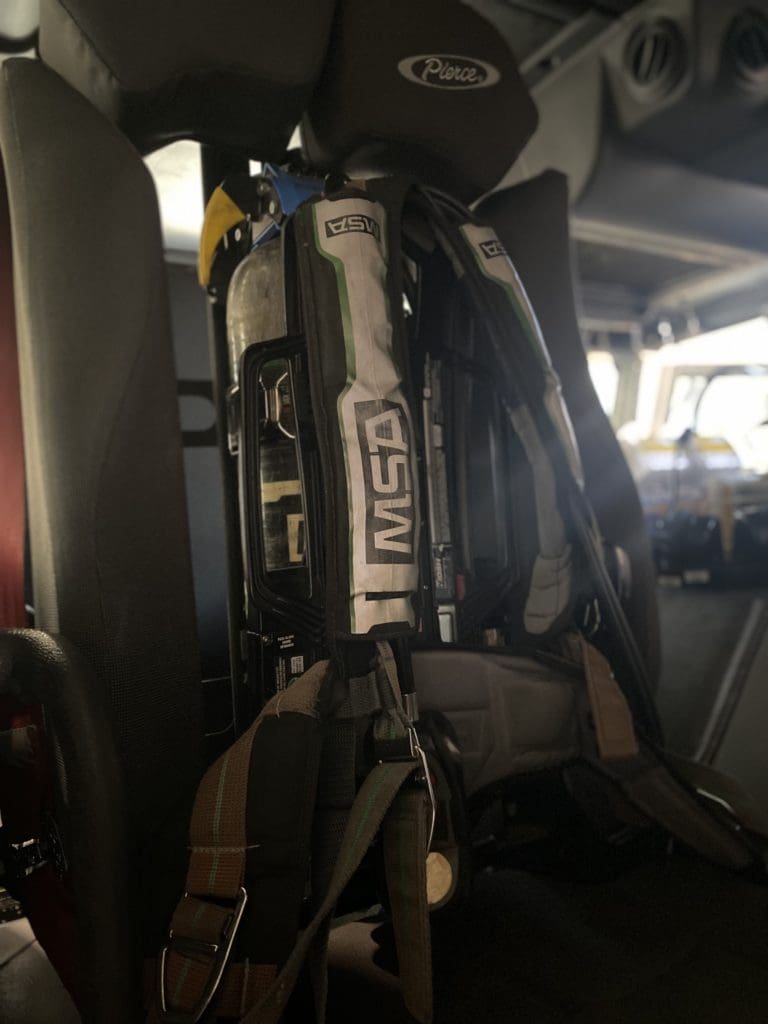

Thank you for the feedback